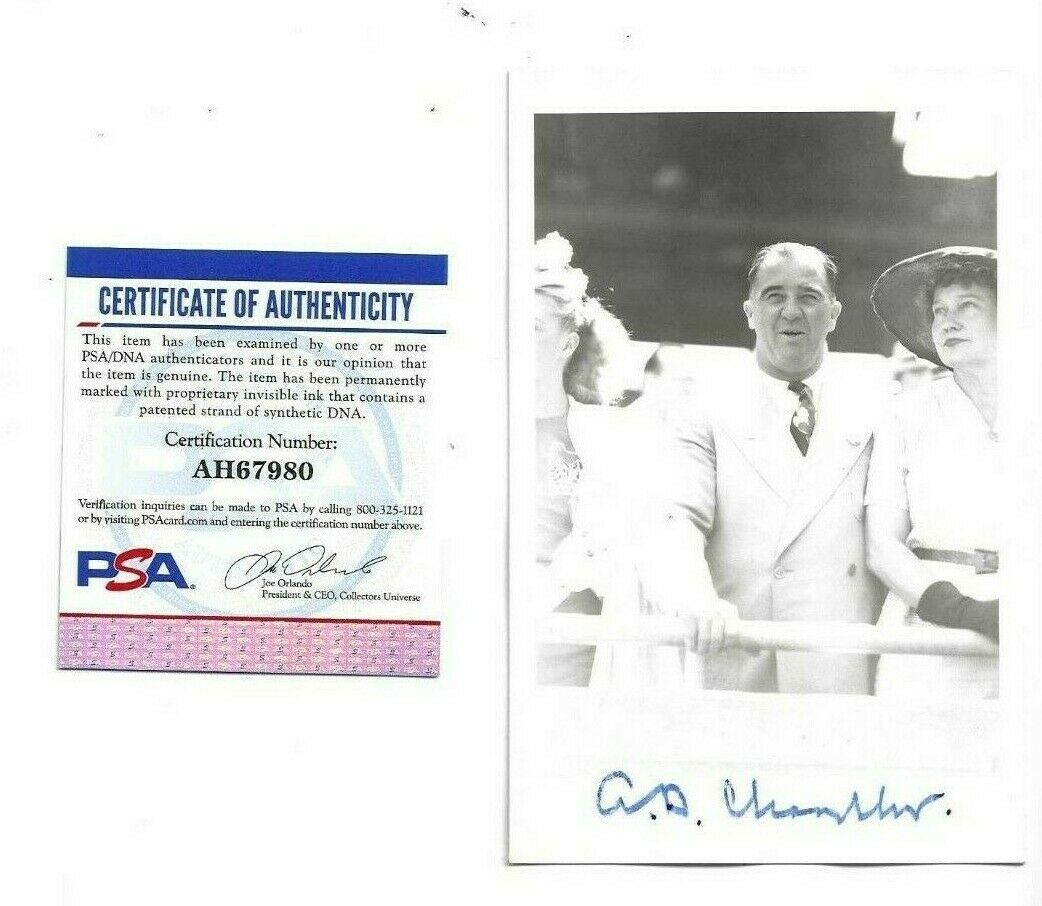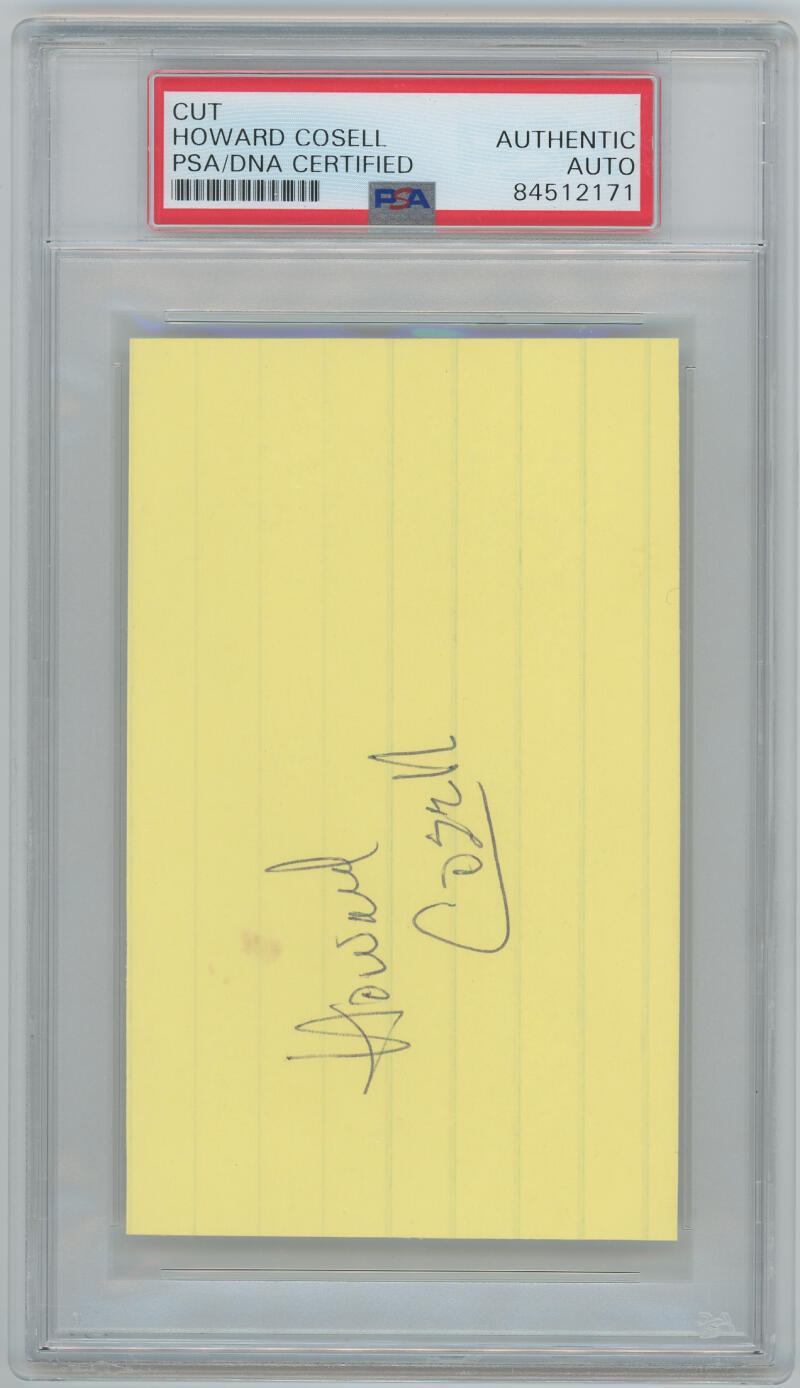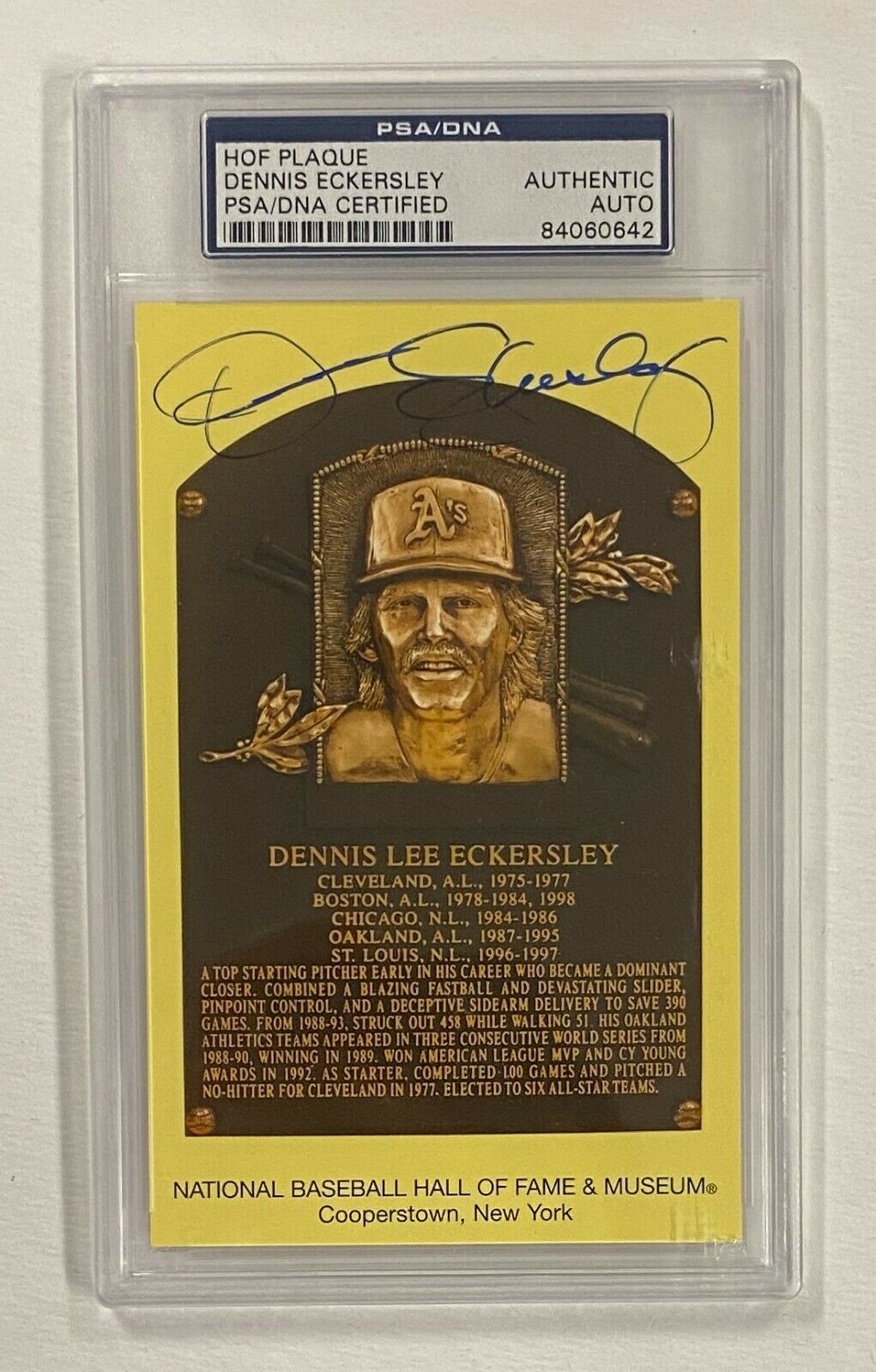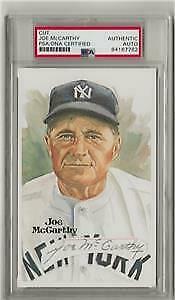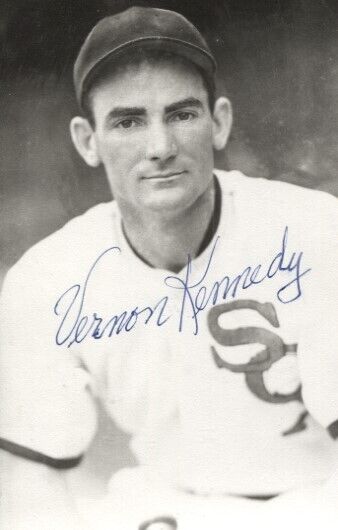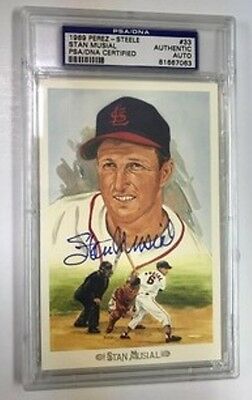-40%
Happy Chandler Autographed Baseball Commissioner Brace Postcard Photo PSA COA
$ 18.47
- Description
- Size Guide
Description
You are bidding on an autographed George Brace postcard photo signed by Happy Chandler , includes PSA COA..Note that items with COAs come with individual COAs, sticker usually on back of item. I do not accept "Best Offer". Prices are reduced every 30 days until the item sells. Thanks for understanding this policy!
POSTAGE: .50 first item; 50 cents ea additional lot
New items will be added the first of the month...prices on existing items will be reduced at the end of each month
Albert Benjamin
"
Happy
"
Chandler Sr.
(July 14, 1898 – June 15, 1991) was an American politician from
Kentucky
. He represented Kentucky in the
U.S. Senate
and served as its
44th and 49th governor
. Aside from his political positions, he also served as the second
Commissioner of Baseball
from 1945 to 1951 and was inducted into the
Baseball Hall of Fame
in 1982. His grandson,
Ben Chandler
, later served as
congressman
for
Kentucky's Sixth District
.
A multi-sport athlete during his college days at
Transylvania College
, Chandler briefly considered a career in professional baseball before deciding to pursue a law degree. After graduation, he entered politics and was elected as a
Democrat
to the
Kentucky Senate
in 1928. Two years later, he was elected
lieutenant governor
, serving under Governor
Ruby Laffoon
. Chandler and Laffoon disagreed on the issue of instituting a state
sales tax
and when Chandler, the presiding officer in the state senate, worked to block the legislation, Laffoon's allies in the
General Assembly
stripped him of many of his statutory powers. The tax then passed by a narrow margin. Knowing that Laffoon would try to select his own successor at the Democratic nominating convention, Chandler waited until Laffoon left the state—leaving Chandler as acting governor—and called the legislature into session to enact a mandatory
primary election
bill. The bill passed, and in the ensuing primary, Chandler defeated Laffoon's choice,
Thomas Rhea
. He then went on to defeat
Republican
King Swope
by the largest margin of victory for a Kentucky gubernatorial race to that time. As governor, Chandler oversaw the repeal of the sales tax, replacing the lost revenue with new
excise taxes
and the state's first
income tax
. He also enacted a major reorganization of state government, realizing significant savings for the state. He used these savings to pay off the state debt and improve the state's education and transportation systems.
Convinced that he was destined to become President of the United States, Chandler challenged
Senate Majority Leader
Alben Barkley
for his U.S. Senate seat in 1938. During the campaign, President
Franklin D. Roosevelt
came to the state to campaign for Barkley, and Chandler lost a close race. The following year, Kentucky's other senator,
Marvel Mills Logan
, died in office, and Chandler resigned as governor so his successor could appoint him to the vacant seat. A
fiscal conservative
and disciple of
Virginia
's
Harry F. Byrd
, Chandler opposed parts of Roosevelt's
New Deal
and openly disagreed with the president's decision to prioritize
European operations
in World War II over
the war in the Pacific
. In 1945, Chandler resigned his Senate seat to succeed the late
Kenesaw Mountain Landis
as commissioner of baseball. His most significant action as commissioner was the approval of
Jackie Robinson
's contract with the
Brooklyn Dodgers
, effectively
integrating
Major League Baseball
. He also established the first pension fund for Major League players, earning him the title "the players' commissioner". Baseball owners were upset with Chandler's governance, however, and did not renew his contract in 1951.
Following his term as commissioner, Chandler returned to Kentucky and won a second term as governor in 1955. The major accomplishments of his second term were enforcing the
racial integration
of the state's public schools and establishing a medical school at the
University of Kentucky
which was later named the
Chandler Medical Center
in his honor. Following his second term as governor, his political influence began to wane as he made three more unsuccessful runs for governor in 1963, 1967, and 1971. His endorsement of dark-horse candidate
Wallace G. Wilkinson
was seen as critical to Wilkinson's successful gubernatorial campaign in 1988. Wilkinson later resisted calls to remove Chandler from the University of Kentucky board of trustees following Chandler's use of a racial epithet during a board meeting in 1988. In his retirement, Chandler made numerous public appearances and remained active in state politics and events. Chandler died a month before his ninety-third birthday; at the time, he was the oldest living former Kentucky governor as well as the earliest serving former governor.
The longest-running operation of all the great early photographers, George Burke and George Brace covered baseball in one form or another for the better part of the 20th century—from 1929 to the 1990s. Their tenure had an auspicious beginning, to say the least. In 1929, Cubs manager Joe McCarthy and catcher Gabby Hartnett sought out the ballclub’s previous photographer. They could only remember his last name, Burke, so they looked him up in the phone book. A listing leapt out at them: studio photographer George C. Burke, whose office was located near Wrigley Field. Thus began the baseball photography career of George Burke, who had no prior sports experience, and thus ended the career of photographer Francis Burke—the Cubs’ time-honored official cameraman and an unwitting victim of mistaken identity.
George Burke hired a young, baseball-knowledgeable assistant named George Brace, and the two soon became a
Chicago
institution. Ever-present at Wrigley Field and
Comiskey
Park
, Burke and Brace endeavored to amass a complete portfolio of player portraits—a daunting task made possible by the fact that
Chicago
was the only city with both an American League and a National League franchise from 1929 all the way until Brace’s retirement in 1993. Nary a visiting ballplayer refused a quick sitting during
Chicago
home stands. Some even stopped by Burke and Brace’s studio for additional, more formal portraits. The tandem was also well-known for endearingly candid pre-game and off-the-field shots—proof positive that both photographers were always welcomed by their famed subjects, embraced by them as friends at the stadium, at parties, in hotels, and on the street.
The Sporting News
,
Baseball Digest
and
Who’s Who in the Major Leagues
were just a few of the publications in which Burke and Brace’s work frequently appeared.
In 1948, Burke suffered a heart attack. Brace carried on the business for several years in order to offset his partner’s medical expenses. Then, upon Burke’s death in 1951, Brace reduced his commitment from a job to an all-encompassing hobby. Though no longer their official photographer, he was still allowed full access by the Cubs and Sox organizations. It was a privilege he would maintain up until his death, a half-century later. With the exception of time spent as a
U.S.
Army medic in the South Pacific during World War II, Brace attended at least one game of every home series at Wrigley Field and
Comiskey
Park
throughout his entire 65-year career. For many of those years, he worked late shifts or odd jobs that paid his expenses and wouldn’t conflict with the game schedule. He always liked to arrive at the ballpark several hours early, when players were just arriving and fans were nowhere to be seen. In 1994, his age finally caught up with him. Worsening eyesight forced his retirement from this long-time labor of love. Brace followed baseball up until the end and also co-authored a book,
The Game That Was: The George Brace Photo Collection
.
......
Shipping and Packaging details: I ship everything with cardboard backing. Additionally, I slip all autographed photos inside sturdy photo-protective sleeves. Payment details: Typically, I ship paypal payments right away. PAYPAL is recommended. International shipping will be higher as all international orders go through the Global Shipping program. How I obtained my autographs, and why I promise a FULL MONEY-BACK GUARANTEE: As a kid, from roughly the years 1965 to 1973, and later from 1974-the present, I have amassed an enormous collection of autographed sports and celebrity memorabilia. In most cases, using Jack Smalling's baseball address lists and other assorted address lists, I wrote to both active and retired baseball players, sending them letters, requests for signatures, and self-addressed-stamped envelopes. This is how I obtained thousands of autographs. I also obtained many autographs in person at area parks and hotels.In the 1980's and 1990's, I travelled the country doing shows (20 National Conventions) and would buy quantities of autographs through player signings. I have every reason to believe that all of the autographs I'm selling are absolutely authentic. I stand by every item I sell. Upon purchasing an item from me through eBay, you may return that item, in the condition in which I shipped it to you, within 14 days of receipt of that item if you are not satisfied with the item. I am selling each item "as is", per the guarantee I've promised above. All the old time autograph dealers know me and the professional authenticators will vouch for my reputation as well. I do this on a part time basis, so sometimes emails take a day. I have worked hard for my feedback rating. The last thing I want to do is damage my credibility, so if you have legitimate concerns about any item you win from me on eBay, I'll make every effort to remedy the situation to your satisfaction. PLEASE NOTE: Most items come with certificates of authenticity from outside companies (JSA and PSA predominantly; they are the best). I have spent lots of money with third party authenticators and have had very few come back without passing. Sincerely, Joe Binder , Downers Grove, Illinois
